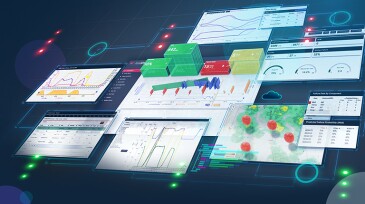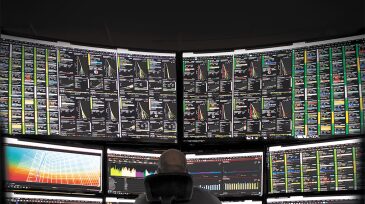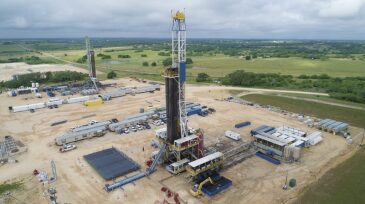Data & Analytics
The energy sector is rapidly transforming toward a data-driven, decentralized future where combining human expertise with AI and machine learning unlocks new efficiencies, solves complex challenges, and creates a decisive competitive advantage.
Jim Clark, a reservoir engineer with more than 4 decades of experience, reflects on the evolution of subsurface engineering and CCS, emphasizing the growing importance of analytics, cross-disciplinary skills, and technical curiosity for the next generation of engineers.
Marie-Hélène Pelletier presents a proactive framework for building resilience, managing uncertainty, and maintaining performance as AI reshapes work and life.
-
Smaller and independent upstream companies often have limited resources for data management. Nonetheless, their data are valuable and must be managed for that value to be realized. Geologists may just be in the perfect position to do the job, if they can get the training.
-
The market may be different from what we have previously experienced, but the path to a successful digital transformation is durable and the core principles of success have not changed.
-
The grant provides students with access to leading E&P software and mentoring opportunities to engage and prepare them for future careers.
-
Start-and-stop data management initiatives and a mishmash of partial solutions are no longer viable for managing the digital oil field. Data management should be transformed from a cost center to a cash-flow-generating function.
-
This column is intended to provide a starting point and a roadmap for professionals who want to learn data science and are struggling with the question, “Where do I start?”
-
Where there are data generated and collected, there is analysis of the data. The ongoing digital transformation in the industry has opened many opportunities for professionals skilled in data analytics.
-
A recent datathon and the team that took home the grand prize help paint a picture of both the industry’s’ digital transformation and how oil and gas engineers are embracing it to navigate uncertain times.
-
As current sources of competitive advantage erode and new ones emerge, perhaps the only constant in a highly uncertain world is the criticality of good talent for success. Upskilling the workforce for analytics, therefore, needs to be a one of the top priorities as we sail unchartered waters.
-
Greg Leveille said he is optimistic that the shale sector will be able to bounce back from its second downturn in 5 years. The trick this time, he says, will be not just investing in new digital technologies but putting them to work.
-
The Offshore Technology Conference was cancelled for the first time ever due to the COVID-19 pandemic. But the flow of ideas continues. As proof, this curated summary of technical papers highlights unique concepts that might someday reduce the offshore sector’s heavy cost burdens.













